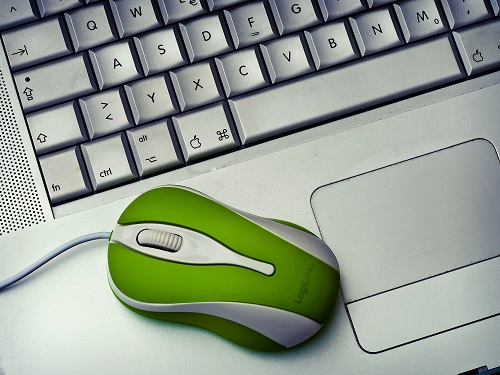“Defragging” or defragment sounds pretty technical. Truth is, there’s really nothing technical about it. It just refers to a process that can help boost your computer’s performance.
The process is very simple and it can help every computer-user like you. So, if you want to boost your computer’s performance by cleaning up your hard drive in Windows 10, you can do so by defragging it.
It’s simple to defragment – or 'defrag' – your storage in Windows 10. If you have a hard drive you’ve been using for a long time without disk defragmentation, you may have noticed performance steadily slowing down.
That likely means it’s time to perform a defrag on that drive.
(Via: https://www.techradar.com/how-to/how-to-defrag-windows-10)
You might wonder how defragging a hard drive can help boost the performance of your computer. Here’s what happens when you defrag a hard drive.
Disk defragmentation moves chunks of information on a disk around so that related data are physically closer together on the hard disk. This helps improve speeds on the disk, as more data can be read consecutively without the need to jump around between sections of the disk. It can also allow for faster write speeds for the same reason, as newly written data can go on the drive in order.
(Via: https://www.techradar.com/how-to/how-to-defrag-windows-10)
Here are the steps to defrag your hard disk.
• Step one: Press the Windows Key and type 'defrag' into the search bar, then select “Defragment and Optimize Drives” from the results.
If your search bar is misbehaving or you don’t see the above results, you can also reach the tool by opening the Control Panel, selecting System and Security, and then selecting “Defragment and optimize your drives” underneath the Administrative Tools header.
You can get to the Control Panel by pressing the Windows Key and typing “Control Panel” into the search bar and selecting the result or you can open the Start Menu, scroll down to the Windows System folder, open it, and select Control Panel from inside.
• Step two: Examine the list of your computer’s drives in the Defrag tool, and find the hard drive you want to defrag.
• Step three: Check the “Media Type” column for your drive and ensure it is not a solid state drive (SSD). Only proceed with defragmentation for a hard drive.
• Step four: Click on the drive you want to defrag, then press the “Optimize” button below the list of drives.
Windows 10 may prompt you to approve the action before it proceeds.
• Step five: Sit back and let the Defrag tool work. Depending on the size of your drive and the level of fragmentation, it may take a considerable amount of time to complete.
• Step six (optional): If you’d like Windows 10 to defrag your drive on a regular basis, you can turn on scheduled optimization inside the Defrag tool. Press the “Turn on” button under “Scheduled optimization,” then select the schedule you want Windows to follow, and press the “Choose” button to select which drives should be included in the regular defrags.
(Via: https://www.techradar.com/how-to/how-to-defrag-windows-10)
These steps are very easy to follow. However, there is one thing that you need to keep in mind. You cannot perform a defrag on an SSD.
You should not defrag a solid state drive (SSD)
(Via: https://www.techradar.com/how-to/how-to-defrag-windows-10)
If your computer is running on Windows 10, it might be using an SSD. Make sure to check first.
It’s important to note that many modern computers, the kind more likely to be running Windows 10, may not have actual hard drives but instead use solid state drives (SSDs). In the case of SSDs, performing a defrag is unnecessary and can actually be detrimental to the longevity of the SSD.
(Via: https://www.techradar.com/how-to/how-to-defrag-windows-10)
So, don’t make the mistake of defragging the storage of your Windows 10 without checking it first. You might end up defragging an SSD. That could eventually affect, not just the longevity of the SSD but your data as well.
You don’t want to accidentally wipe out some data, do you? In case that happens, the Hard Drive Recovery Associates or HDRA can help with https://www.harddrivefailurerecovery.net/ssd-data-recovery/. They offer a free evaluation so that you could have a good idea as to how much it’s going to cost you to recover data from your SSD. After all, an SSD recovery doesn’t come cheap.
Want To Clean Up Your Windows 10? Try Defragging It. was initially published to HDRA Blog
from Hard Drive Recovery Associates - Feed
at https://www.harddrivefailurerecovery.net/want-to-clean-up-your-windows-10-try-defragging-it/
Want To Clean Up Your Windows 10? Try Defragging It. is available on Instant Web Site Tools
source https://www.instant-web-site-tools.com/2019/07/23/want-to-clean-up-your-windows-10-try-defragging-it/


No comments:
Post a Comment